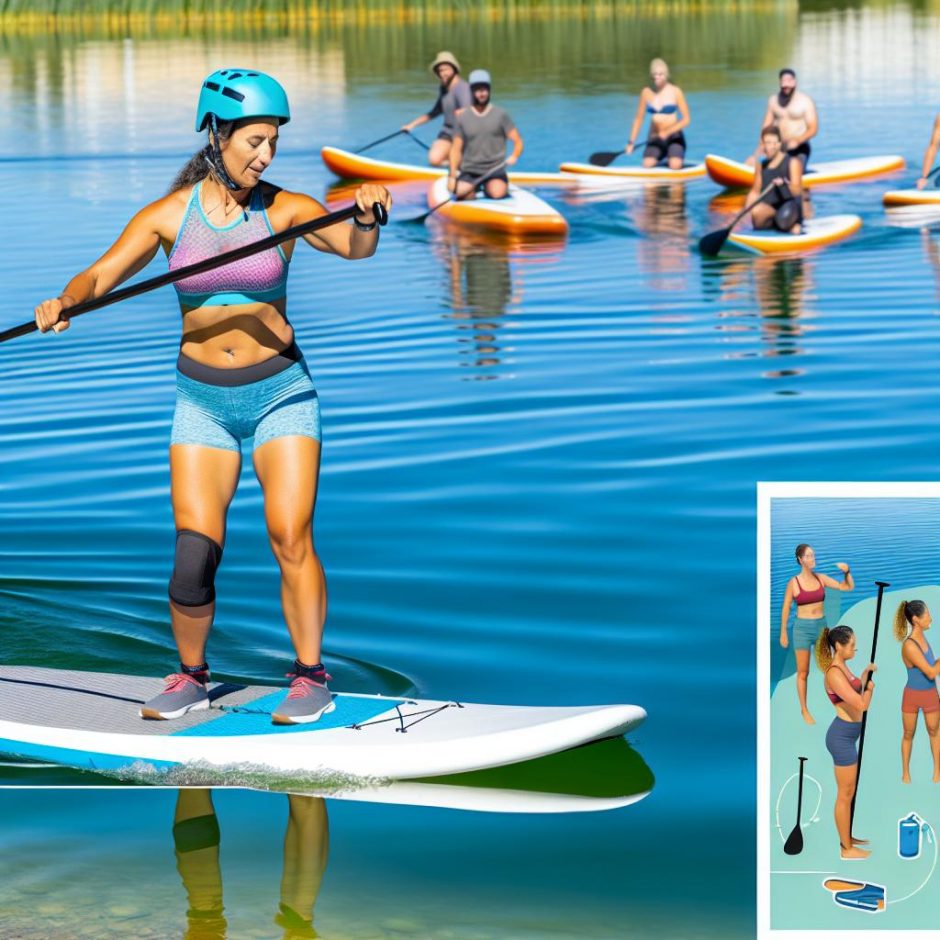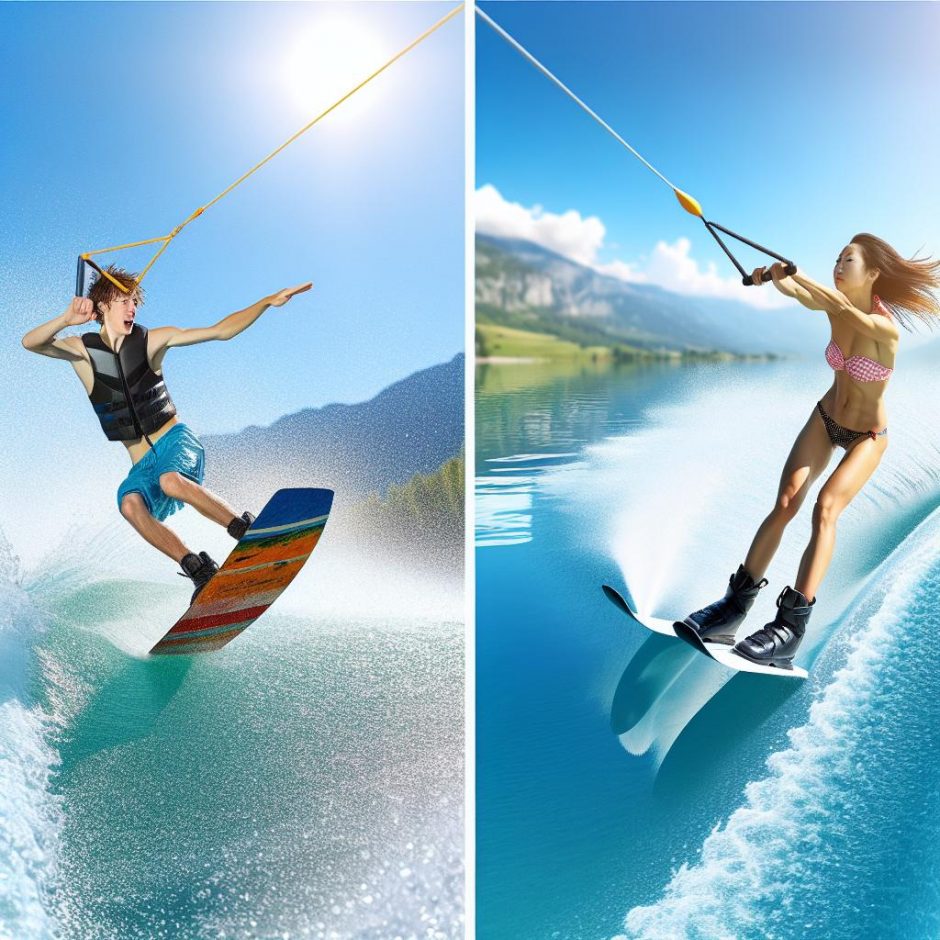Introduction to Surfing
Surfing is a water sport that involves riding breaking waves towards the shore, typically on a surfboard. This ancient practice has transformed into not only a popular recreational activity but also a competitive sport. Historically, surfing finds its roots in Polynesian cultures, particularly in Hawaii, where it held significant societal and ceremonial importance. This document delves into the history, spread, and cultural impact of surfing.
Origins of Surfing
Early Beginnings
The origins of surfing date back more than a thousand years, particularly within Polynesian societies. It was in Hawaii where surfing was notably formalized, becoming an integral part of the cultural landscape. Known as he’e nalu, or wave sliding, the practice of surfing exceeded the bounds of sport or leisure, reaching a core aspect of Hawaiian daily life.
Significance in Hawaiian Culture
In Hawaiian society, surfing was an activity enjoyed by people from diverse social standings; however, the royals, known as ali’i, were often regarded as the most skilled and respected surfers. Surfing wasn’t merely a pastime but was ceremonially tied to religious customs. The process of shaping surfboards was considered sacred, and the type of wood used was dictated by the social status of the surfer, marking a profound connection between the craft and its practitioners.
Surfing’s Spread Across the Globe
Introduction to the Western World
Surfing was introduced to the Western world largely due to the efforts of three Hawaiian princes—David Kawānanakoa, Edward Keli’iahonui, and Jonah Kūhiō Kalaniana’ole—who famously surfed the waves of Santa Cruz, California, in 1885. Yet, it was Duke Kahanamoku, an Olympic swimmer and native Hawaiian, who played a pivotal role in popularizing surfing on an international scale during the early 20th century. His exhibitions across locations like Australia and California acted as catalysts for the sport’s widespread appeal.
Post-War Boom
Surging to greater popularity after World War II, surfing experienced exponential growth. The development of new materials such as fiberglass and polyurethane facilitated the manufacture of lighter and more maneuverable boards, making surfing more accessible and appealing. California emerged as a prominent hub for surf culture, spurring the creation of various surfing styles, alongside the rise of surf music and movies. This embedded surfing within American—and ultimately global—popular culture, contributing to a certain universality and appeal.
Surfing’s Cultural Impact
Influence on Lifestyle and Arts
Surfing has given birth to a unique subculture, significantly influencing numerous societal facets. The sport has heavily impacted fashion, leading to the evolution of surf-inspired clothing brands that eventually became mainstream icons. Music and film have also been deeply influenced by surfing culture, nurturing genres like surf rock with bands such as The Beach Boys, as well as films that capture the adventurous essence of the sport.
Environmental Awareness
Surfers have assumed an essential role in advancing environmental awareness and activism. Their direct and intimate relationship with the ocean has naturally positioned them as advocates for marine conservation and coastal protection. Numerous organizations, often stemming from surf communities, are pivotal in confronting pollution, safeguarding surf breaks, and fostering environmental stewardship.
Conclusion
Surfing is much more than a sport; it encapsulates a lifestyle and a cultural phenomenon with a profound history and a remarkable global impact. As it continues to evolve, it remains intricately linked to its origins while simultaneously driving social and environmental change. For those interested in exploring the depths of surfing’s history and culture further, several resources are available. These include digital platforms like Smithsonian’s Ocean Portal and the Surf Simply Podcast. Through these resources, individuals can gain a deeper understanding of how surfing continues to shape and be shaped by its ecological and cultural contexts.




